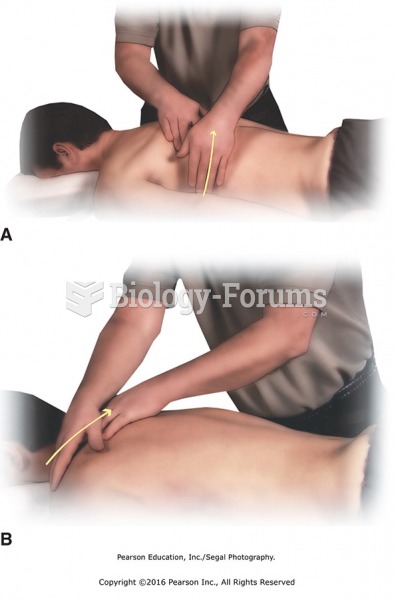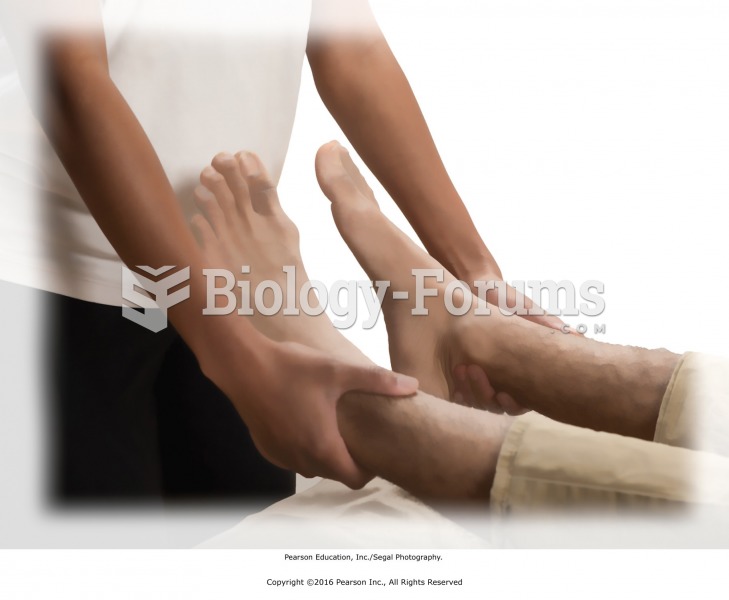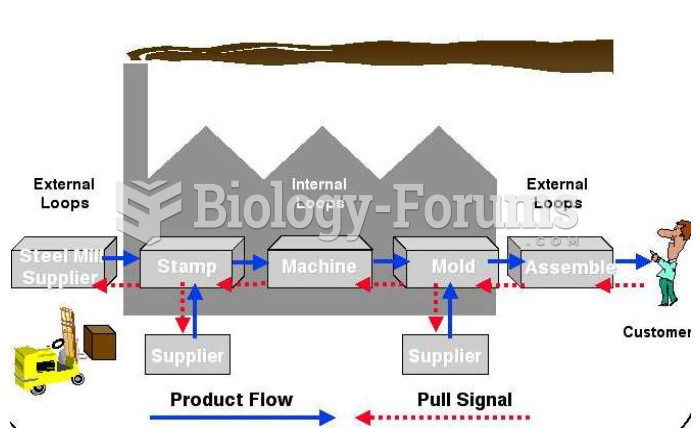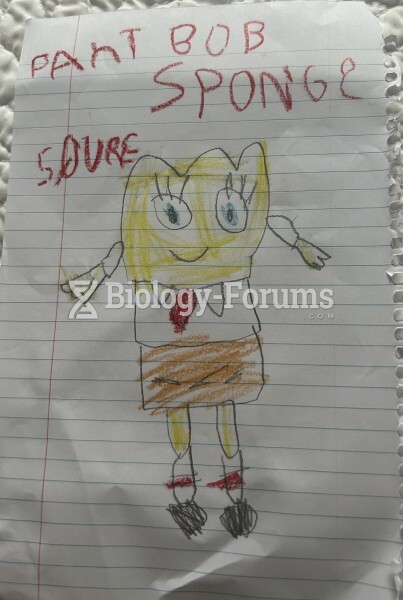This topic contains a solution. Click here to go to the answer
|
|
|
Did you know?
About 100 new prescription or over-the-counter drugs come into the U.S. market every year.
Did you know?
The top five reasons that children stay home from school are as follows: colds, stomach flu (gastroenteritis), ear infection (otitis media), pink eye (conjunctivitis), and sore throat.
Did you know?
Atropine was named after the Greek goddess Atropos, the oldest and ugliest of the three sisters known as the Fates, who controlled the destiny of men.
Did you know?
Medication errors are more common among seriously ill patients than with those with minor conditions.
Did you know?
Medications that are definitely not safe to take when breastfeeding include radioactive drugs, antimetabolites, some cancer (chemotherapy) agents, bromocriptine, ergotamine, methotrexate, and cyclosporine.
 teach their children to care for the earth in hopes of passing on a better world to future generatio
teach their children to care for the earth in hopes of passing on a better world to future generatio
 Draping for massage of leg in prone position. Pull the drape underneath the thigh. A. Uncover the ...
Draping for massage of leg in prone position. Pull the drape underneath the thigh. A. Uncover the ...





